Preceded by T. Ananda Rao Name M. Visvesvaraya Religion Hinduism Succeeded by M. Kantaraj Urs | Profession Engineer Died April 12, 1962, Bengaluru Nationality Indian Role Engineer | |
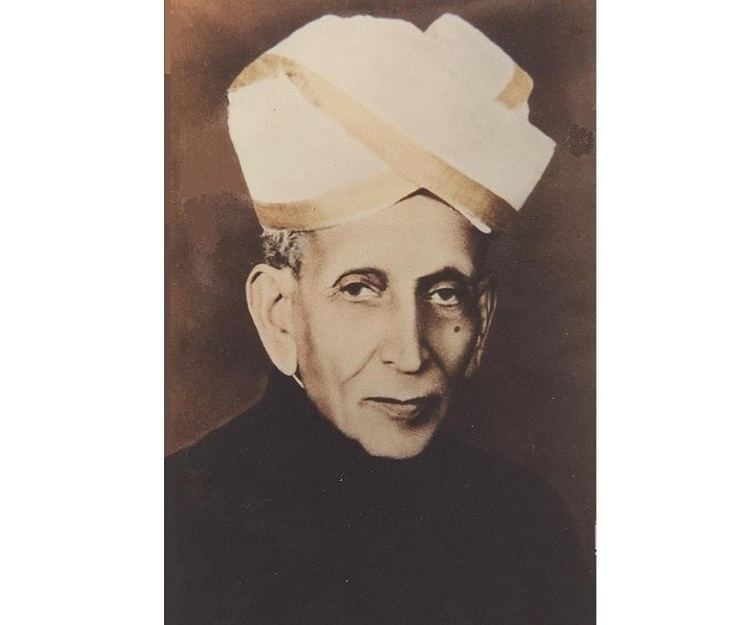 | ||
Born 15 September 1861Muddenahalli, Chickkaballapur, Kingdom of Mysore (now in Karnataka), British India ( 1861-09-15 ) Parents Venkatalakshmamma, Mokshagundam Srinivasa Shastry Similar People Sarvepalli Radhakrishnan, Kempe Gowda I, C V Raman, H R Bhardwaj, Vajubhai Vala | ||
Rare video clip of sir m visvesvaraya
Mokshagundam Visvesvaraya, KCIE (popularly known as Sir MV; 15 September 1861 – 12 April 1962) was an Indian engineer, scholar, statesman and the Diwan of Mysore from 1912 to 1918. He received India's highest honour, the Bharat Ratna, in 1955. He was knighted as a Knight Commander of the British Indian Empire (KCIE) by King George V for his contributions to the public good. 15 September is celebrated as Engineer's Day in India in his memory. He is held in high regard as a pre-eminent engineer of India. He was the chief engineer responsible for the construction of the Krishna Raja Sagara dam in Mandya district as well as the chief designer of the flood protection system for the city of Hyderabad.
Contents
- Rare video clip of sir m visvesvaraya
- Dr Visvesvaraya Mokshagundam Visvesvaraya Engineer Visvesvaraya Bharat Ratna Awardee
- Early years in Mysuru
- Career timeline
- Diwan of Mysore
- Awards and honours
- Recognition
- Memorial at Muddenahalli
- Works
- References
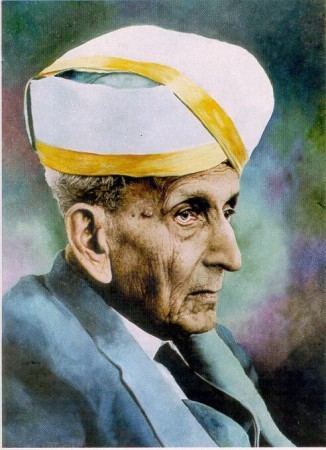
Dr. Visvesvaraya | Mokshagundam Visvesvaraya | Engineer Visvesvaraya (Bharat Ratna Awardee)
Early years in Mysuru
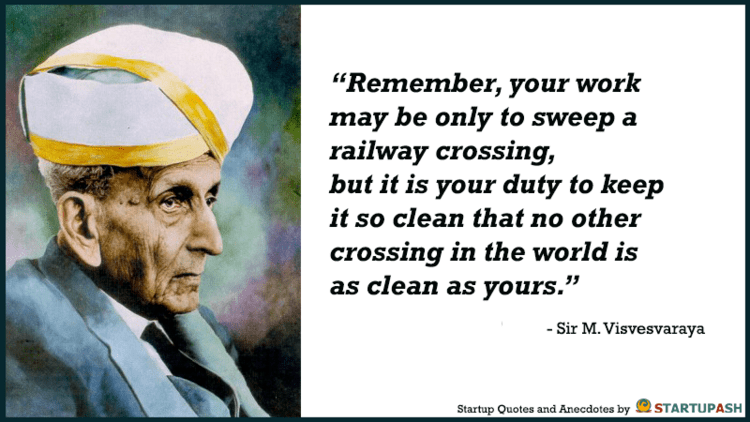
Mokshagundam Visvesvaraya was born on 15 September 1861 in a Telugu Brahmin family, to Mokshagundam Srinivasa Shastry and Venkatalakshmamma in Muddenahalli village, Chikkaballapura District (Bifurcated from Kolar District), Mysore State (now Karnataka), India. His father was a noted Sanskrit scholar.
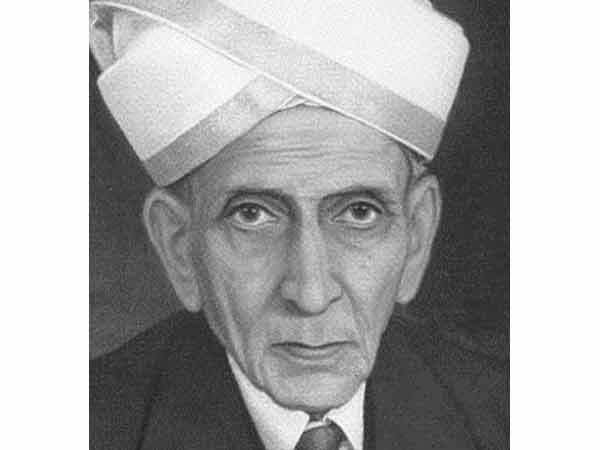
His ancestors hailed from a village named "Mokshagundam". It is a small village between Giddalur and Podili towns on State Highway 53 (Andhra Pradesh) in Prakasam district of Andhra Pradesh.
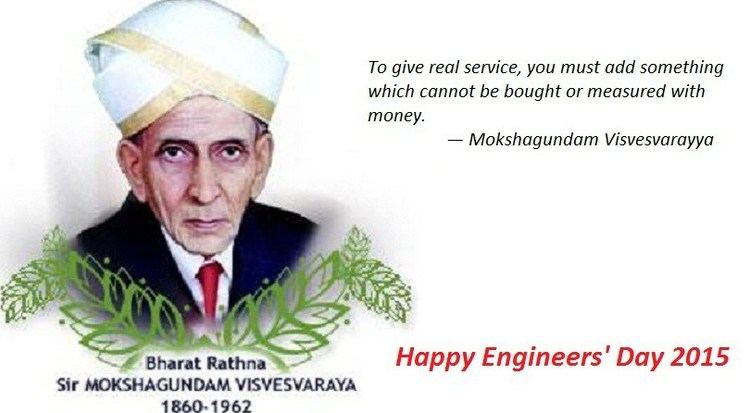
Visvesvaraya lost his father at the age of 12. He enrolled for the primary school in Chickballapur and attended high school in Bangalore. He earned his Bachelor of Arts from Central College, Bangalore then an affiliate of the University of Madras in 1881 and later studied civil engineering at the prestigious College of Engineering, Pune.
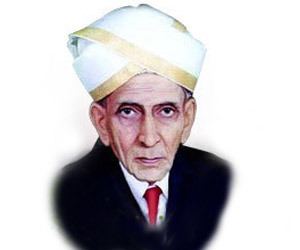
Visvesvaraya took a job with the Public Works Department (PWD) of Bombay and was later invited to join the Indian Irrigation Commission. He implemented an extremely intricate system of irrigation in the Deccan area.

He also designed and patented a system of automatic weir water floodgates that were first installed in 1903 at the Khadakvasla Reservoir near Poona. These gates were employed to raise the flood supply level of storage in the reservoir to the highest level likely to be attained without causing any damage to the dam. Based on the success of these gates, the same system was installed at the Tigra Dam in Gwalior and the Krishna Raja Sagara (KRS) Dam in Mandya/Mysore, Karnataka.
In 1906–07, the Government of India sent him to Aden to study their water supply and drainage system. The project prepared by him was implemented in Aden successfully.
Visvesvaraya achieved celebrity status when he designed a flood protection system for the city of Hyderabad. He was instrumental in developing a system to protect Visakhapatnam port from sea erosion. Visvesvaraya supervised the construction of the Krishna Raja Sagara Dam on the Kaveri River from concept to inauguration. This dam created the biggest reservoir in Asia when it was built. M. Visvesvaraya gave his valuable technical advice for the location of Mokama Bridge over the Ganga in Bihar. At the time, he was over 90 years old.
He was called the "Father of modern Mysore State" (now Karnataka): During his service with the government of Mysore State, he was responsible for the founding of (under the patronage of the Mysore government) the Mysore Soap Factory, the Parasitoid Laboratory, the Mysore Iron & Steel Works (now known as Visvesvaraya Iron and Steel Limited) in Bhadravathi, the Sri Jayachamarajendra Polytechnic Institute, the Bangalore Agricultural University, the State Bank of Mysore, The Century Club, Mysore Chambers of Commerce, University Visvesvaraya College of Engineering, Bangalore and numerous other industrial ventures. He encouraged private investment in the industry during his tenure as Diwan of Mysore. He was instrumental in charting out the plan for road construction between Tirumala and Tirupati . He was known for sincerity, time management and dedication to a cause. The Bangalore Press and the Mysore Bank were established during his tenure. A very important part of his nature was his love for his mother tongue, Telugu. Though his mother tongue is Telugu, he has setup the Kannada Parishat for the upliftment of Kannada. He wanted seminars for Kannada lovers to be instituted and conducted in Kannada itself.
Sir M.Visvesvaraya is known to have designed and planned the entire area of Jayanagar in South Bangalore. The foundation of Jayanagar was laid in the year 1959. It was one of the first planned neighbourhoods in Bangalore and at the time, the largest in Asia. It is believed that the locality, designed by Sir M Visvesvaraya, is one of the best-planned layouts in Asia.
Career timeline
Diwan of Mysore
After opting for voluntary retirement in 1908, he took a foreign tour to study industrialised nations and after, for a short period he worked for the Nizam of Hyderabad, India. He suggested flood relief measures for Hyderabad town, which was under constant threat of floods by Musi river. Later, during November 1909, Visvesvaraya was appointed as Chief Engineer of Mysore State. Further, during the year, 1912, he was appointed as Diwan (second Minister) of the princely state of Mysore. He was Diwan for 7 years.
With the support of Krishnaraja Wodeyar IV, Maharaja of Mysore, Visvesvaraya made good contribution as Diwan to the all-round development of Mysore state. Not only the achievements listed above, but many other industries and public works owe their inception or active nurturing to him. He was instrumental in the founding of the Government Engineering College at Bangalore in 1917, one of the first engineering institutes in India. This institution was later named the University Visvesvaraya College of Engineering after its founder. He also commissioned several new railway lines in Mysore state.
Awards and honours
Visvesvaraya was appointed a Companion of the Order of the Indian Empire (CIE) in 1911. In 1915, while he was the Diwan of Mysore, Visvesvaraya was knighted as a Knight Commander of the Order of the Indian Empire (KCIE) by the British for his myriad contributions to the public good. After India attained independence, he was awarded the nation's highest honour, the Bharat Ratna, in 1955. Sir M.V. was awarded honorary Membership of London Institution of Civil Engineers. He was also awarded a fellowship of the Indian Institute of Science (based in Bangalore). He was awarded several honorary doctoral degrees including D.Sc., LL.D., D.Litt. from eight universities in India. He was president of the 1923 Session of the Indian Science Congress. He was the most popular person from Karnataka, in a newspaper survey conducted by Prajavani.
Recognition
Visvesvaraya has received recognition in various fields, most notably the education sector and the engineering sector. Visvesvaraya Technological University which is based in Belagavi, the University to which most engineering colleges in Karnataka are affiliated to, has been named in his honour, as well as prominent colleges like University Visvesvaraya College of Engineering, Bangalore, Sir M. Visvesvaraya Institute of Technology, Bangalore and Visvesvaraya National Institute of Technology, Nagpur. College of Engineering, Pune, his Alma mater, has erected a statue in his honour. The Visvesvaraya Industrial and Technological Museum, a museum in Bangalore is named in his honour.
Memorial at Muddenahalli
The Visvesvaraya National Memorial Trust manages a memorial of Visvesvaraya at his birthplace Muddenahalli. The memorial exhibits his awards, titles and personal belongings, including his living room, spectacles, cups, books and a block with which his visiting cards were printed. Models of the Krishna Raja Sagar dam, which Visvesvaraya designed and supervised the construction of, are also exhibited. The memorial is located adjacent to his house, which was refurbished and regarded as a temple by the locals.
